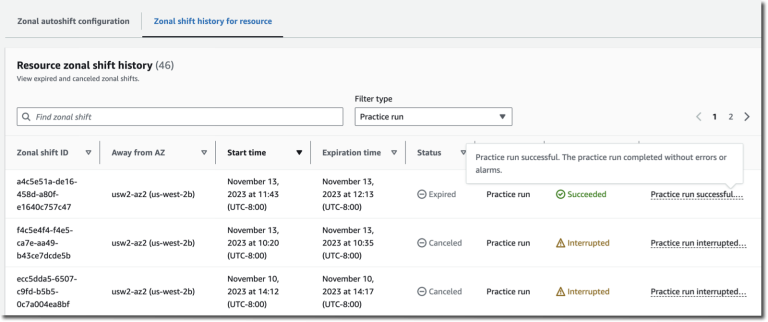The latest stable version of Epiphany is now available on Flathub. Download it here. You should be able to double click the flatpakref to install it in GNOME Software, if you use any modern GNOME operating system not named Ubuntu. But, in my experience, GNOME Software is extremely buggy, and it often as not does not work for me. If you have trouble, you can use the command line:
flatpak install --from https://flathub.org/repo/appstream/org.gnome.Epiphany.flatpakref
This has actually been available for quite a while now, but I’ve delayed announcing it because some things needed to be fixed to work well under Flatpak. It’s good now.
I’ve also added a download link to Epiphany’s webpage, so that you can actually, you know, download and install the software. That’s a useful thing to be able to do!
Benefits
The obvious benefit of Flatpak is that you get the latest stable version of Epiphany (currently 3.26.5) and WebKitGTK+ (currently 2.18.3), no matter which version is shipped in your operating system.
The other major benefit of Flatpak is that the browser is protected by Flatpak’s top-class bubblewrap sandbox. This is, of course, a UI process sandbox, which is different from the sandboxing model used in other browsers, where individual browser tabs are sandboxed from each other. In theory, the bubblewrap sandbox should be harder to escape than the sandboxes used in other major browsers, because the attack surface is much smaller: other browsers are vulnerable to attack whenever IPC messages are sent between the web process and the UI process. Such vulnerabilities are mitigated by a UI process sandbox. The disadvantage of this approach is that tabs are not sandboxed from each other, as they would be with a web process sandbox, so it’s easier for a compromised tab to do bad things to your other tabs. I’m not sure which approach is better, but clearly either way is much better than having no sandbox at all. (I still hope to have a web process sandbox working for use when WebKit is used outside of Flatpak, but that’s not close to being ready yet.)
Problems
Now, there are a couple of loose ends. We do not yet have desktop notifications working under Flatpak, and we also don’t block the screen from turning off when you’re watching fullscreen video, so you’ll have to wiggle your mouse every five minutes or so when you’re watching YouTube to keep the lights on. These should not be too hard to fix; I’ll try to get them both working soon. Also, drag and drop does not work. I’m not nearly brave enough to try fixing that, though, so you’ll just have to live without drag and drop if you use the Flatpak version.
Also, unfortunately the stable GNOME runtimes do not receive regular updates. So while you get the latest version of Epiphany, most everything else will be older. This is not good. I try to make sure that WebKit gets updated, so you’ll have all the latest security updates there, but everything else is generally stuck at older versions. For example, the 3.26 runtime uses, for the most part, whatever software versions were current at the time of the 3.26.1 release, and any updates newer than that are just not included. That’s a shame, but the GNOME release team does not maintain GNOME’s Flatpak runtimes: we have three other other redundant places to store the same build information (JHBuild, GNOME Continuous, BuildStream) that we need to take care of, and adding yet another is not going to fly. Hopefully this situation will change soon, though, since we should be able to use BuildStream to replace the current JSON manifest that’s used to generate the Flatpak runtimes and keep everything up to date automatically. In the meantime, this is a problem to be aware of.




